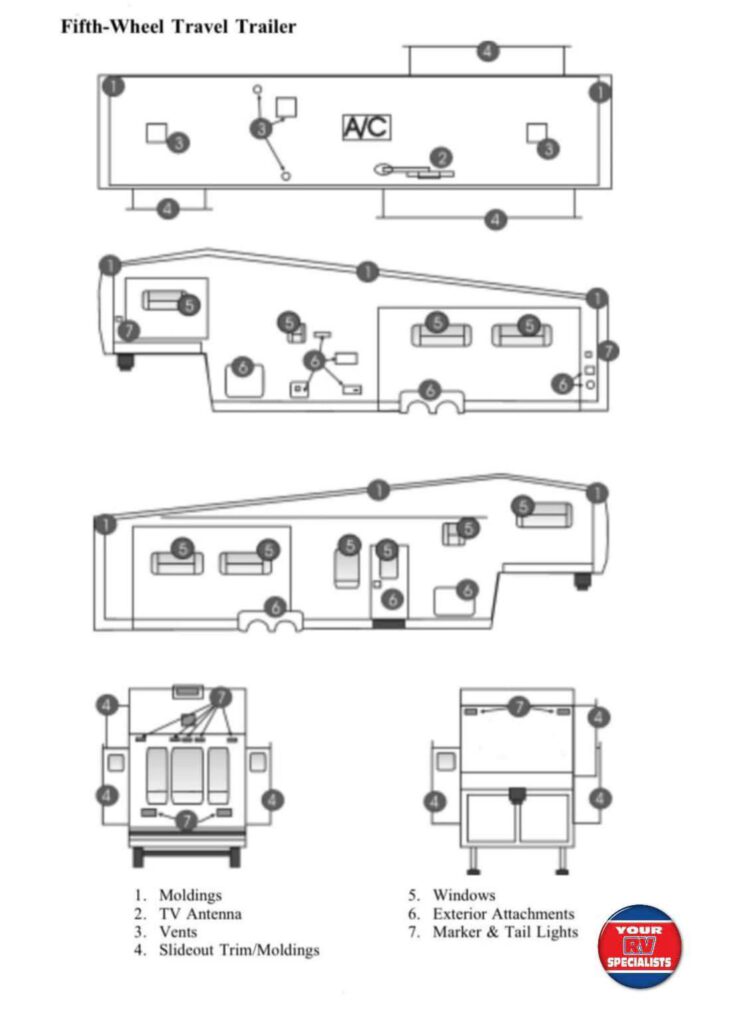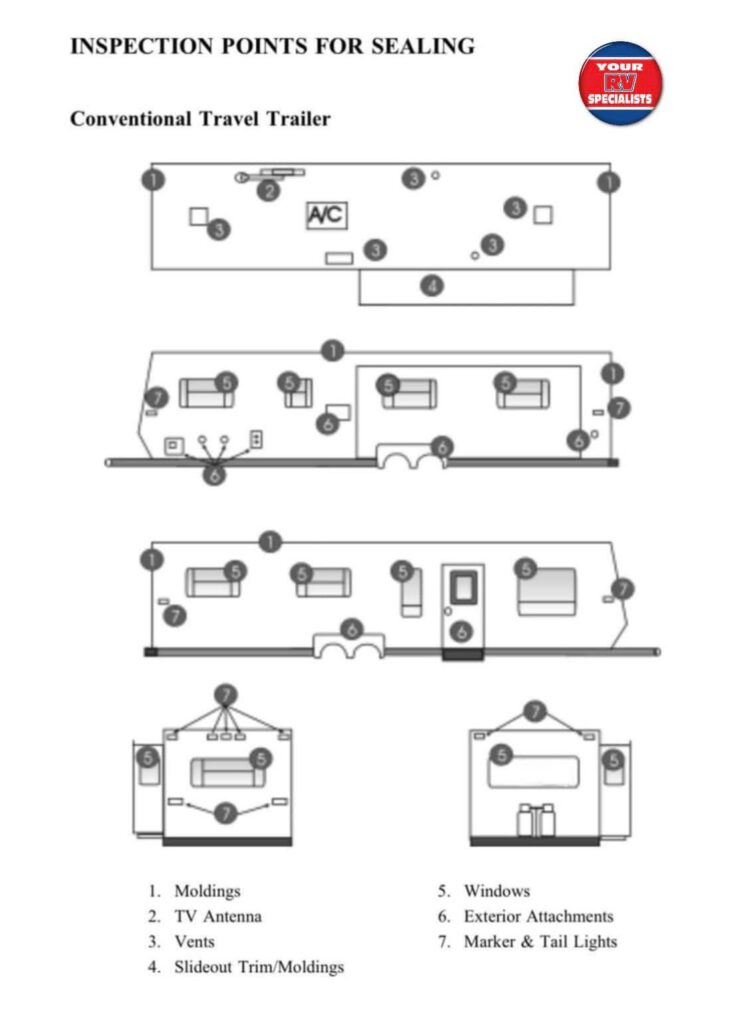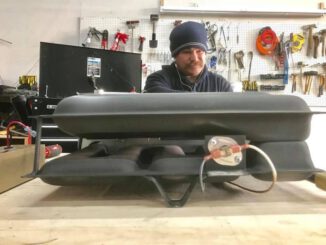By: Dustin Simpson – California RV Specialists / RVTravel.com Contributor
RV owners hear this phrase constantly:
“Don’t use silicone on your RV.”
…and they assume it means NEVER use silicone anywhere.
This is where the confusion starts.
When manufacturers warn against silicone — they are almost always referring to RV roofs. Roof seams require RV-specific products (like self-leveling lap sealants or urethane sealants) because RV roofs flex, move, expand, vibrate and live outdoors under UV exposure constantly. Residential bathroom silicone simply isn’t designed for that environment. It shrinks, peels, creates leak pathways, and is almost impossible to remove cleanly later.
So where DOES silicone belong?
There is such a thing as RV-grade silicone, and it is used all the time — correctly — on fiberglass, gelcoat, metal, aluminum sidewall seams, and exterior trim areas where water sheds OFF the surface vertically rather than pools or stagnates horizontally.
Bathroom silicone = house use
RV-grade silicone = RV sidewall use
Lap sealant / urethane = RV roof use
Most RV owners only get taught the first part — “don’t silicone the roof” — and never get the second half — that silicone is used, just in the right locations only.
Quick Breakdown
| Sealant Type | Use Location | Good For |
|---|---|---|
| Residential Silicone | Homes, windows, tubs | NOT for RV roof |
| RV-Grade Silicone | RV sidewalls, trim, fiberglass | Flexible vertical sealing |
| Lap Sealant / Urethane | RV Roof seams | UV stability + vibration movement |
Pro Tip from California RV Specialists:
Use the right sealant for the right area. Wrong sealant choice = leaks, rot, hidden wall damage, mold growth… and big money repairs years later.
If you’re unsure what product belongs on which part of your RV…
bring your rig to us — we’ll gladly point you in the right direction and show you the correct sealants for each area.
Protect the coach before it becomes a roof replacement story.





